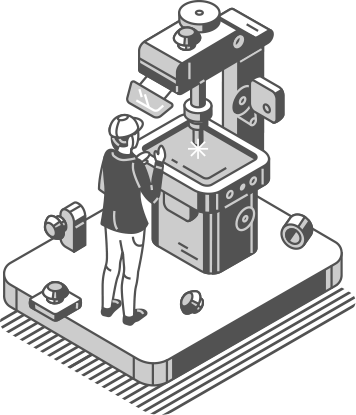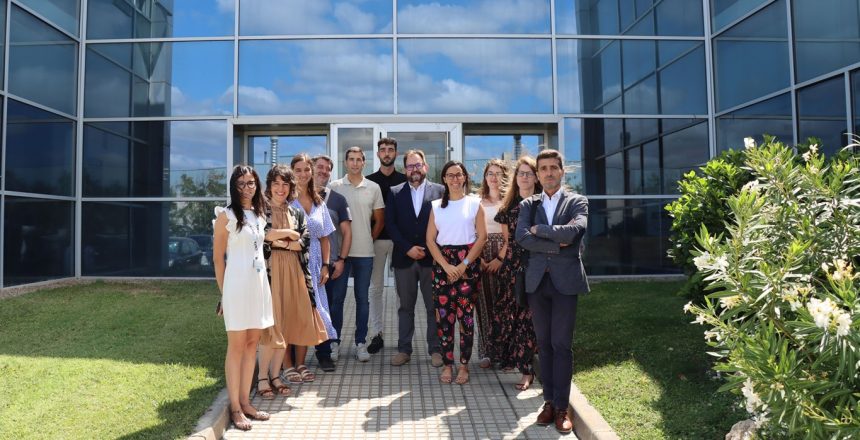The CIRCFOOD initiative, financed by the regional government as part of its call for support for Strategic R&D Projects, has involved a total of six agri-food companies in the region in the innovative development of ingredients and functional foods that are healthy and attractive from a nutritional and organoleptic point of view. Specifically, the participants were Urzante, Harivenasa, IAN, Ingredalia, Isanatur and Nucaps. All of them have also had the scientific and research support of the CNTA and AIN technology centres. And, thanks to their joint work, they have achieved real examples for their future industrial or commercial development.
Urzante, for example, has managed to optimise its process of extracting a compound rich in polyphenols from alperujo, a by-product of the oil industry. This compound has been successfully incorporated as a natural antioxidant in seed oils intended for frying food, thus extending their useful life and improving their technological properties, opening up new possibilities in the sustainable use of resources.
Harivenasa has made significant advances in the use of oat hulls, a by-product that is now being used to obtain antioxidant extracts rich in phenolic compounds. These extracts have shown promising results in in vivo tests with C. elegans, as they contribute to extending the lifespan of the nematodes and inhibit cellular oxidation under oxidative stress conditions. In addition, minimally processed husks have been introduced in the formulation of high-fibre pastas, achieving favourable results both nutritionally and sensorially. The company has also worked on the use of oat bran, which has been used directly as an ingredient in the production of bread, gluten-free muffins and ready meals such as vegetable creams. The products developed have improved their nutritional profile, including low sugar content, and have obtained good sensory acceptance. Additionally, the bran has served as a fermentation substrate after conditioning through hydrolysis processes, allowing the production of microbial oils (SCO) thanks to the growth of specific yeasts.
Meanwhile, Ingredalia has focused its efforts on the by-product of broccoli, from which it has managed to extract concentrated proteins with a content higher than 60%. This protein extract is positioned as a sustainable and nutritious alternative to animal proteins, opening the door to its incorporation in new food formulations oriented to the vegetable diet and innovation in functional foods.
Another significant advance has been made by IAN, which has reused by-products generated in the tomato processing process to make fried-type sauces. These sauces have been subjected to sensory analysis carried out by professional technicians, obtaining outstanding results in terms of flavour and quality, which reinforces the commitment to reuse resources in the production chain.
Isanatur, on the other hand, has worked with extracts derived from olive by-products, implementing their use as an ingredient in the preparation of pastas. These formulations have received excellent organoleptic evaluations in tastings with professional panels. In addition, the functional properties of these extracts have been evaluated in trials with C. elegans, offering new perspectives on their applications in the field of health, although more conclusive results are expected in future research.
Finally, Nucaps has developed new encapsulation techniques based on proteins and biopolymers, encapsulating polyphenol-rich extracts from different sources, such as alperujo, oats and dehydrated olive pulp. These innovations not only improve the thermal stability and oil dispersibility of the compounds, but also preserve their antioxidant capacity and reduce less desirable sensory characteristics such as bitterness. Nucaps’ technological advances have laid the groundwork for the creation of new encapsulated ingredients intended for incorporation into foods, providing added nutritional value and optimising the consumer’s sensory experience.
‘These projects demonstrate that the use of agri-food by-products not only promotes sustainability, but also generates new opportunities to innovate and add value in the sector. Therefore, Navarre continues to position itself as a benchmark in the circular economy applied to food’, said the heads of CIRCFOOD.
THE IMPORTANCE OF THE AGRI-FOOD SECTOR
The agri-food industry is one of the main engines for the creation of wealth and employment in the Autonomous Community of Navarre. Specifically, its productive fabric has an annual turnover of over 4,500 million euros, of which 1,129 million euros come from the activity generated by the primary sector. Furthermore, agri-food represents the second largest area of the Navarrese economy, accounting for 5% of total regional GDP and 14% of industrial GDP.
Navarrese companies cover the entire value chain from the primary sector to the agri-food industry, including the two most important producers of frozen vegetables in Spain (Ultracongelados Virto and Congelados de Navarra), the largest cooperative cereal group (AN Group) or the leading company in Spain in salads and ready-made fresh vegetables (Florette) as well as leading multinationals such as General Mills, Gelagri, Mondelez or Agrozumos. More information on the following link.
Source: Diario de Navarra




